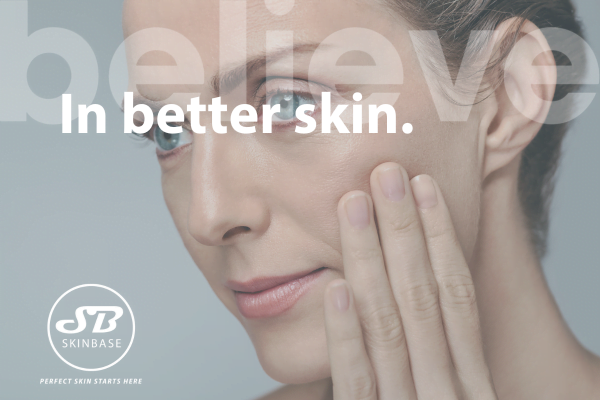When you invest in a new skincare product or treatment to get glowy skin, the last thing you want is to experience is pimples and spots. Unfortunately, sometimes the skin has to get worse before it gets better – so let’s find out how to handle a skin purge.
Download a FREE beauty guide
Discover our collection of free beauty guides.

What is a Skin Purge?
When you introduce a new product or professional treatment that resurfaces and increases the cell turnover rate – you may encounter a skin purge. As the skin tries to shed dead cells and reveal the healthier skin below, it brings any impurities to the top.
How To Handle a Skin Purge
First – don’t panic! While it may not look like it, is actually a good thing. The bad stuff, e.g. excess sebum and dead, flaky skin, is better out than in. A purging symptoms are evidence that the changes are working for your skin. Continue using the product or having the treatment, and treat any purging symptoms gently.
What Not To Do After a Purge
If you intervene with your skin, you can make the situation worse. Don’t pick or pop any pimples, as you could spread bacteria and increase the risk of scarring. Try to avoid any aggravating products until the purging clears up.
Skin Purging vs Breakouts
If you are using a new product, ensure any symptoms are signs of skin purging, and not a sensitivity breakout. If you are having any symptoms after starting a new treatment, you will have been patch tested so it is unlikely to be a negative reaction. Breakouts caused by sensitivity will often appear on areas of the face you do not usually get acne. Purging, on the other hand, will usually appear in problematic areas you are used to. Breakouts are likely to last longer and be harder to treat than skin purging. If you are suffering from breakouts, discontinue use of the product. Find your nearest SkinBase therapist to treat your skin and gain a healthy complexion.
Find a Therapist
Start your journey to better skin today, find your nearest Skinbase™ therapist.


